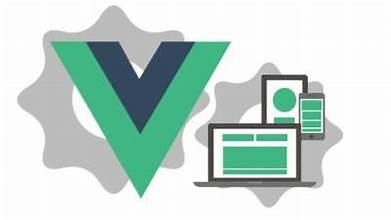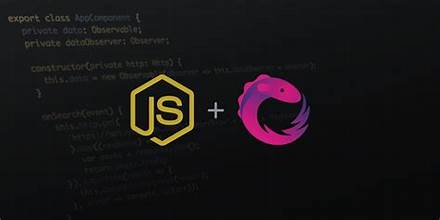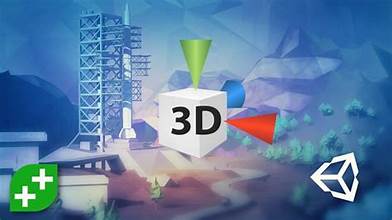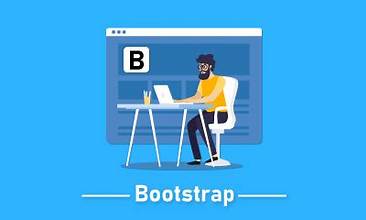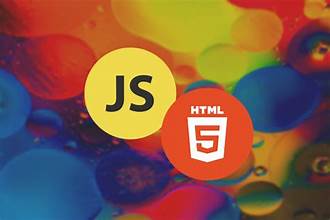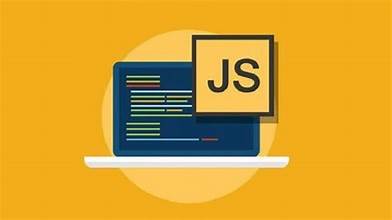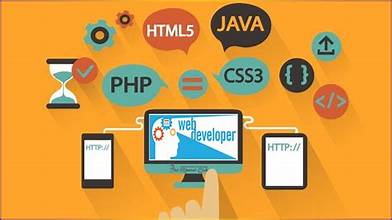Learn how to test a React web app using different types to tests
E2E UI tests with Cypress 10
Visual testing Cypress 10 and Happo
Performance and accessibility testing
Requirements
Description
Have you ever wondered what goes into web app testing? What does it mean to test your web apps and how does it relate to the code you write and maintain? If you find yourself with these questions, worry no longer!
In this tutorial, we’ll learn some of the latest tools and techniques to improve your ability to test modern web applications with JavaScript.
Also, we will learn to analyze risk and how to prevent risks with end-to-end testing, component testing and GitHub actions.
Ready to start? Check out the full curriculum and jump into the tutorial.
What our students are saying?
“I appreciate the time the instructor put on this course as well as the opportunity to get familiar with TestProject free of charge. Well explained, however, if you are using Windows and you are new in Automation Testing, you might find it a bit challenging with adding the SDK Token in your system environment since the instruction used MAC which is completely a different way with windows. Other than that… I appreciate a lot this free course …. thank you so much”
“I like the fundamental approach used by the author. Will see:) To prepare for such a course – it’s a really hard and big job. Respect and thank you.” – Serhii Kovalenko
“Wonderful content and things explained in a nutshell. Overwhelmed by Author’s dedication to putting things in such a way that any novice or manual tester can follow and understand and definitely be on-boarded as a Selenium Automation Engineer the next day at work. Thanks a million times for creating these courses! One Stop for Automation.”- Rupashree Geethaaviji Ananthakrishna
“I am familiar with Nikolay from a course I saw on TestAutomation and have the highest regard for him. Glad to see him on Udemy.” – Annamalai Viswanathan
Who this course is for:
- Intermediate developers looking to learn how to execute web testing with JavaScript
Course content
11 sections • 25 lectures • 1h 0m total lengthExpand all sections
Introduction1 lecture • 1min
Setting Up Your Environment1 lecture • 5min
E2E UI Testing with Cypress2 lectures • 3min
- E2E Browser Test01:13
- Software Under Test and Test Strategy01:45
Exercises and Solutions6 lectures • 13min
- Code A Cypress Test That Opens An App Exercise01:11
- Code A Cypress Test That Opens An App Solution02:39
- Exercise Code A Test To Ensure The Link Will Go To The Correct Location00:46
- Solution Code A Test To Ensure The Link Will Go To The Correct Location05:47
- Exercise Write A Functional UI Test & Link Validation That Opens In A New Tab00:44
- Solution Write A Functional UI Test & Link Validation That Opens In A New Tab01:29
Additional Information3 lectures • 6min
- What are some challenges of functional UI tests?01:50
- Can we test the same thing more efficiently?01:22
- What Risks Remain In Our Web App?02:25
Summary1 lecture • 1min
- Web Testing with JavaScipt Part 1 Summary00:32
Visual E2E Testing4 lectures • 15min
- Visual E2E Testing and Its Advantages01:52
- Set Up A Visual Test02:05
- Set Up Cross-Platform and Cross-Browser Visual Tests07:58
- Visual Gotchas03:04
Summary1 lecture • 1min
- Web Testing with JavaScipt Part 2 Summary00:33
Visual Gotchas Exercise and Solution2 lectures • 10min
- Visual Gotchas Exercise00:24
- Visual Gotchas Solution09:15
Performance and Aaccessibility Testing2 lectures • 7min
- Performance and Accessibility Testing Exercise00:41
- Performance and Accessibility Testing Solution06:43
Conclusion2 lectures • 1min
- Conclusion00:37
- Bonus Lecture00:16
